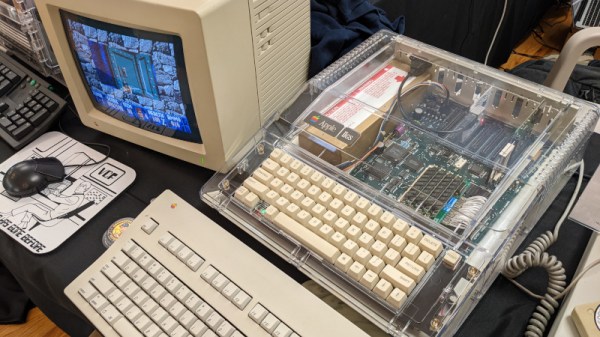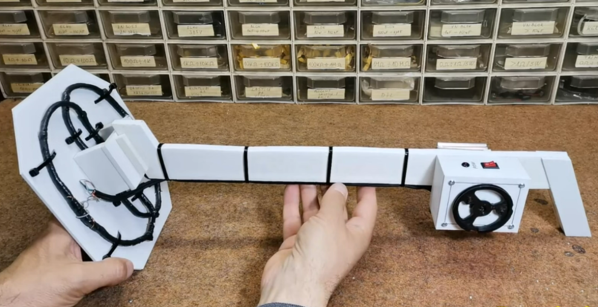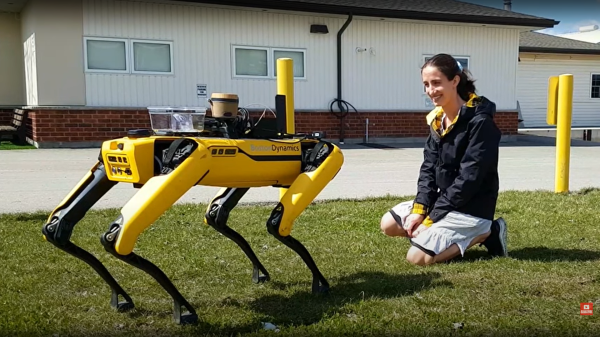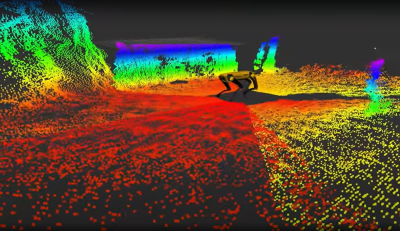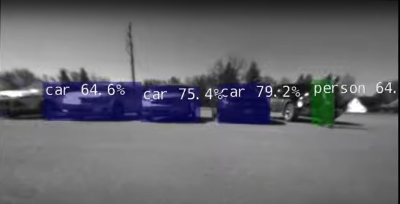For much of the last century, the ownership, loving care, and maintenance of an aged and decrepit automobile has been a rite of passage among the mechanically inclined. Sure, the battle against rust and worn-out parts may eventually be lost, but through that bond between hacker and machine are the formative experiences of motoring forged. In middle-age we wouldn’t think of setting off across the continent on a wing and a prayer in a decades-old vehicle, but somehow in our twenties we managed it. The Drive have a piece that explores how technological shifts in motor vehicle design are changing our relationship with cars such that what we’ve just described may become a thing of the past. Titled “The Era of ‘the Car You Own Forever’ Is Coming to an End“, it’s well worth a read.
At the crux of their argument is that carmakers are moving from a model in which they produce motor vehicles that are simply machines, into one where the vehicles are more like receptacles for their software. In much the same way as a smartphone is obsolete not necessarily through its hardware becoming useless but through its software becoming unmaintained, so will the cars of the future. Behind this is a commercial shift as the manufacturers chase profits and shareholder valuations, and a legal change in the relationship between customer and manufacturer that moves from ownership of a machine into being subject to the terms of a software license.
This last should be particularly concerning to all of us, after all if we’re expected to pay tens of thousands of dollars for a car it’s not unreasonable to expect that it will continue to serve us at our convenience rather than at that of its manufacturer.
If you’re a long-time Hackaday reader, you may remember that we’ve touched on this topic before.
Header image: Carolyn Williams, CC BY 2.0.


